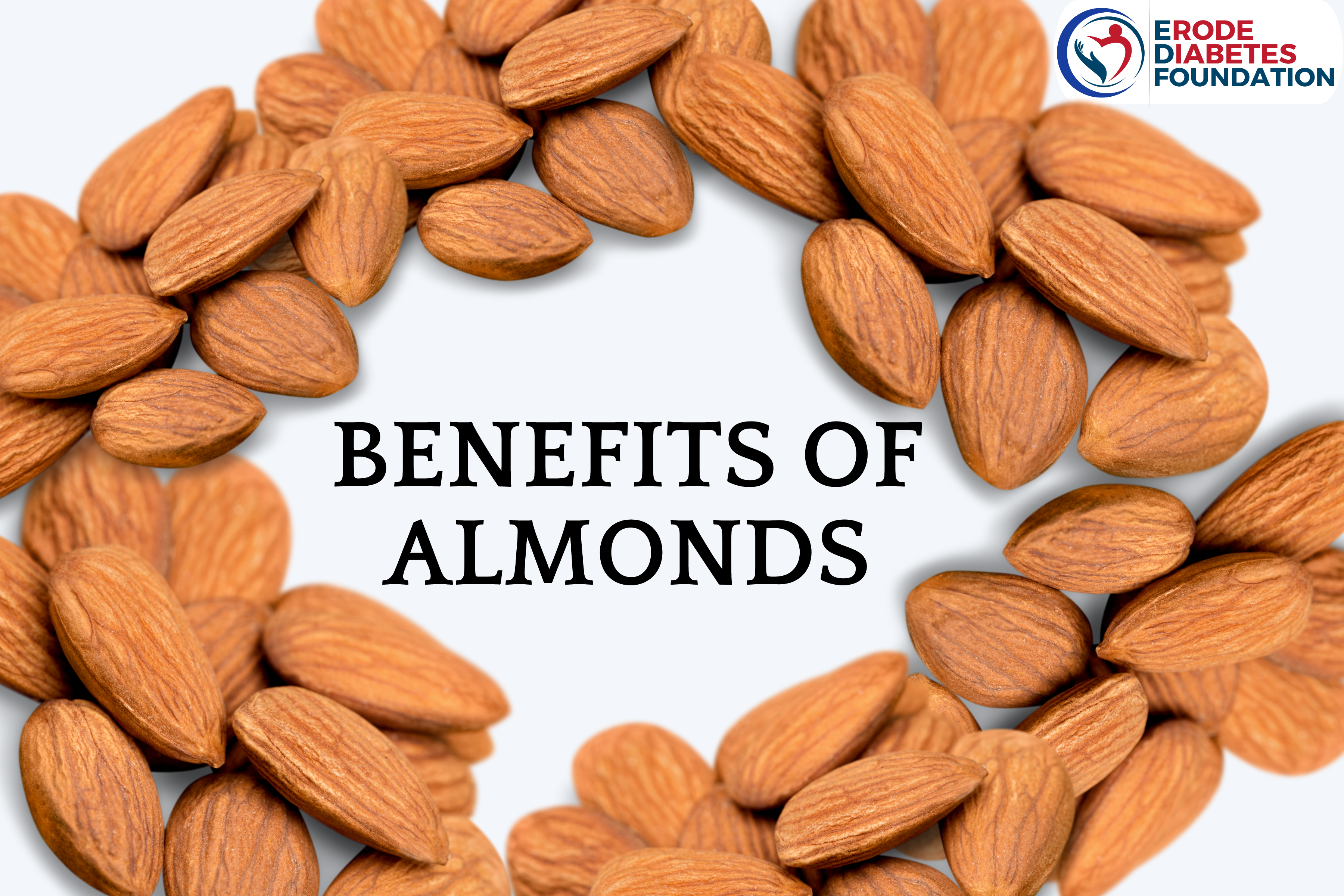The body either produces insufficient insulin or uses it inefficiently in diabetes. Opting for a well-balanced diet plan aimed at regulating blood sugar levels and promoting a healthy weight is a more effective approach for reversing diabetes. Thus, considering the diet for diabetes, in this blog we are going to see about millets for diabetes in detail
What are millets
Millets have been around for thousands of years grown mainly in Asia and Africa. People have increasingly accepted traditional cereal grain millet due to its excellent nutritional value and its potential to prevent disease. Compared to other cereal grains like wheat, rice, and corn, millet is much more nutrient-dense.
Types of Millets
Due to their relatively low GI, millets are a superfood that is commonly used in the management of diabetes. Farmers grow more than 13 different types of millet, with the following being the most popular.
- Jowar (sorghum millet)
- Bajra (pearl millet)
- Finger millet (ragi/nachni)
- Foxtail millet (kangani/kakum)
- Barnyard millet(sanva)
- Kuttu (amaranth)
- Proso (chena)
- Kodo (kodri/kodro/arikelu)
- Samai
- Thinai
Millets for diabetes
Millets offer several advantages over rice and wheat. Some of them are
Nutritional Diversity
Millets are rich in nutrients like fiber, protein, vitamins, and minerals, making them a healthier option compared to refined rice and wheat.
Gluten-FreeGluten-Free
Millets are naturally gluten-free, making them suitable for people with gluten intolerance or celiac disease.
Low Glycemic Index
Millets have a lower glycemic index, which means they can help stabilize blood sugar levels and reduce the risk of diabetes.
High Fiber Content
Millets are high in dietary fiber, aiding digestion, promoting satiety, and preventing constipation.
Drought Tolerance
Millets are hardy crops that require less water and can grow in arid conditions, contributing to sustainable agriculture.
Biodiversity
Cultivating millets supports biodiversity by diversifying crop choices and reducing the environmental impact of monoculture.
Versatility
Millets can be used in various culinary applications, including as a base for porridge, in salads, as a flour for bread or pancakes, and even in beverages.
Long Shelf Life
Millets have a longer shelf life compared to rice and wheat, reducing food wastage.
Potential Weight Management
Due to their high fiber content and lower calorie density, millets may assist in weight management.
Cultural Heritage
Millets are staples in many traditional diets worldwide, preserving cultural food traditions.
To conclude
Thus, we hope this blog on millets for diabetes was helpful for you in understanding how millets consumption helps to manage diabetes. It’s essential to note that the choice between millet, rice, and wheat depends on individual dietary needs, preferences, and regional availability. Moreover, you can have a well-rounded nutritional profile by including a variety of grains in your diet.


